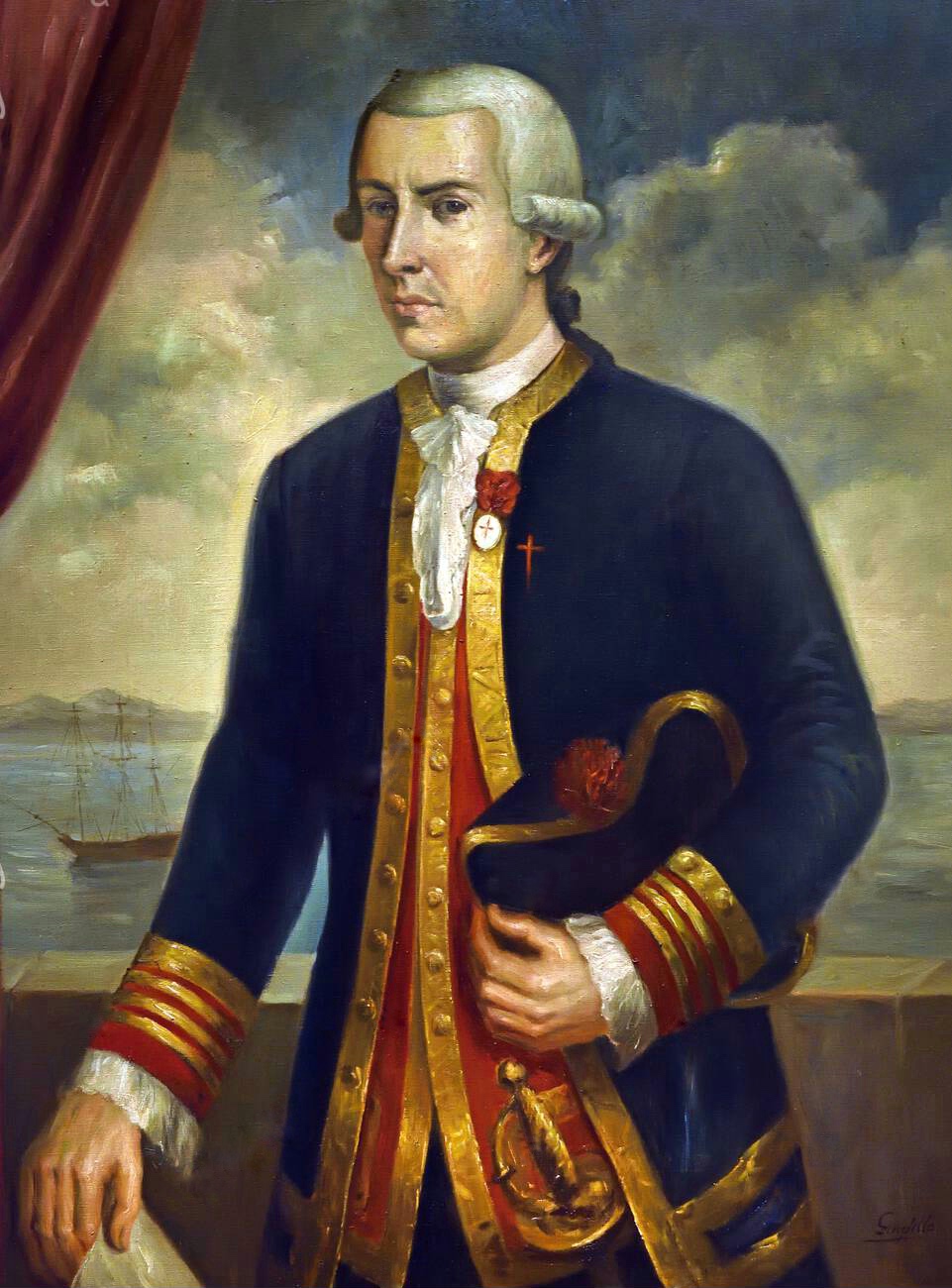|
History Of British Columbia
The history of British Columbia covers the period from the arrival of Paleo-Indians thousands of years ago to the present day. Prior to European colonization, the lands encompassing present-day British Columbia were inhabited for millennia by a number of First Nations. Several European expeditions to the region were undertaken in the late 18th and early 19th centuries. After the Oregon boundary dispute between the UK and US government was resolved in 1846, the colonies of Vancouver Island and colony of British Columbia were established; the former in 1849 and the latter in 1858. The two colonies were merged to form a single colony in 1866, which later joined the Canadian Confederation on 20 July 1871. An influential historian of British Columbia, Margaret Ormsby, presented a structural model of the province's history in ''British Columbia: A History'' (1958); that has been adopted by numerous historians and teachers. Chad Reimer says, "in many aspects, it still has not been ... [...More Info...] [...Related Items...] OR: [Wikipedia] [Google] [Baidu] |
Gitxsan Language
The Gitxsan language , or ''Gitxsanimaax'' (also rendered ''Gitksan, Giatikshan, Gityskyan, Giklsan and Sim Algyax''), is an endangered Tsimshianic language of northwestern British Columbia, closely related to the neighboring Nisga’a language. The two groups are, however, politically separate and prefer to refer to Gitxsan and Nisga'a as distinct languages. According to the Report on the status of B.C First Nations Languages there are 523 fluent speakers, 639 that understand or somewhat speak and 344 learning speakers. Gitxsan means "People of the Skeena River The Skeena River is the second-longest river entirely within British Columbia, Canada (after the Fraser River). Since ancient times, the Skeena has been an important transportation artery, particularly for the Tsimshian and the Gitxsan—whose n ..." ( being the name of the Skeena in Gitxsan). Dialects Gitxsan language is primarily separated into Geenix or Eastern and Gyeets or Western Gitxsan, although each villa ... [...More Info...] [...Related Items...] OR: [Wikipedia] [Google] [Baidu] |
Shuswap Language
The Shuswap language (; shs, Secwepemctsín ) is the traditional language of the Shuswap people ( shs, Secwépemc ) of British Columbia. An endangered language, Shuswap is spoken mainly in the Central and Southern Interior of British Columbia between the Fraser River and the Rocky Mountains. According to the First Peoples' Cultural Council, 200 people speak Shuswap as a mother tongue, and there are 1,190 semi-speakers. Shuswap is the northernmost of the Interior Salish languages, which are spoken in Canada and the Pacific Northwest of the United States. There are two dialects of Shuswap: *Eastern: Kinbasket (Kenpesq’t) and Shuswap Lake (Qw7ewt/Quaaout) *Western: Canim Lake (Tsq’escen), Chu Chua (Simpcw), Deadman's Creek (Skitsestn/Skeetchestn)–Kamloops (Tk'emlups), Fraser River (Splatsin, Esk’et), and Pavilion (Tsk’weylecw)–Bonaparte (St’uxtews) The other Northern Interior Salish languages are Lillooet and Thompson. Most of the material in this article is from K ... [...More Info...] [...Related Items...] OR: [Wikipedia] [Google] [Baidu] |
